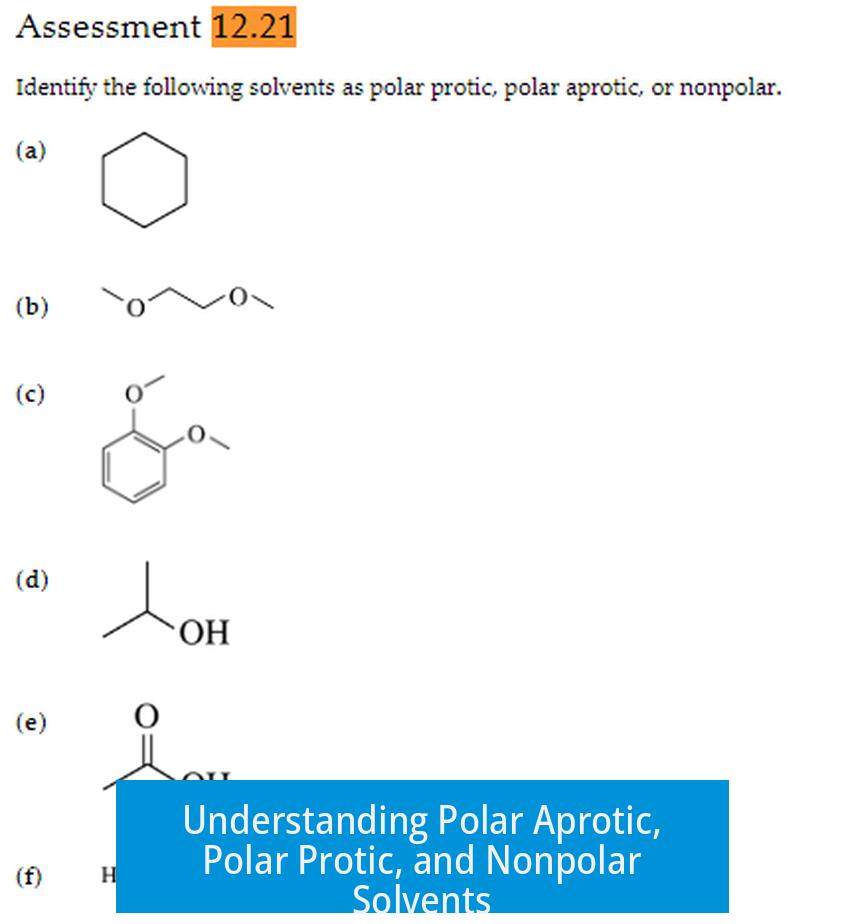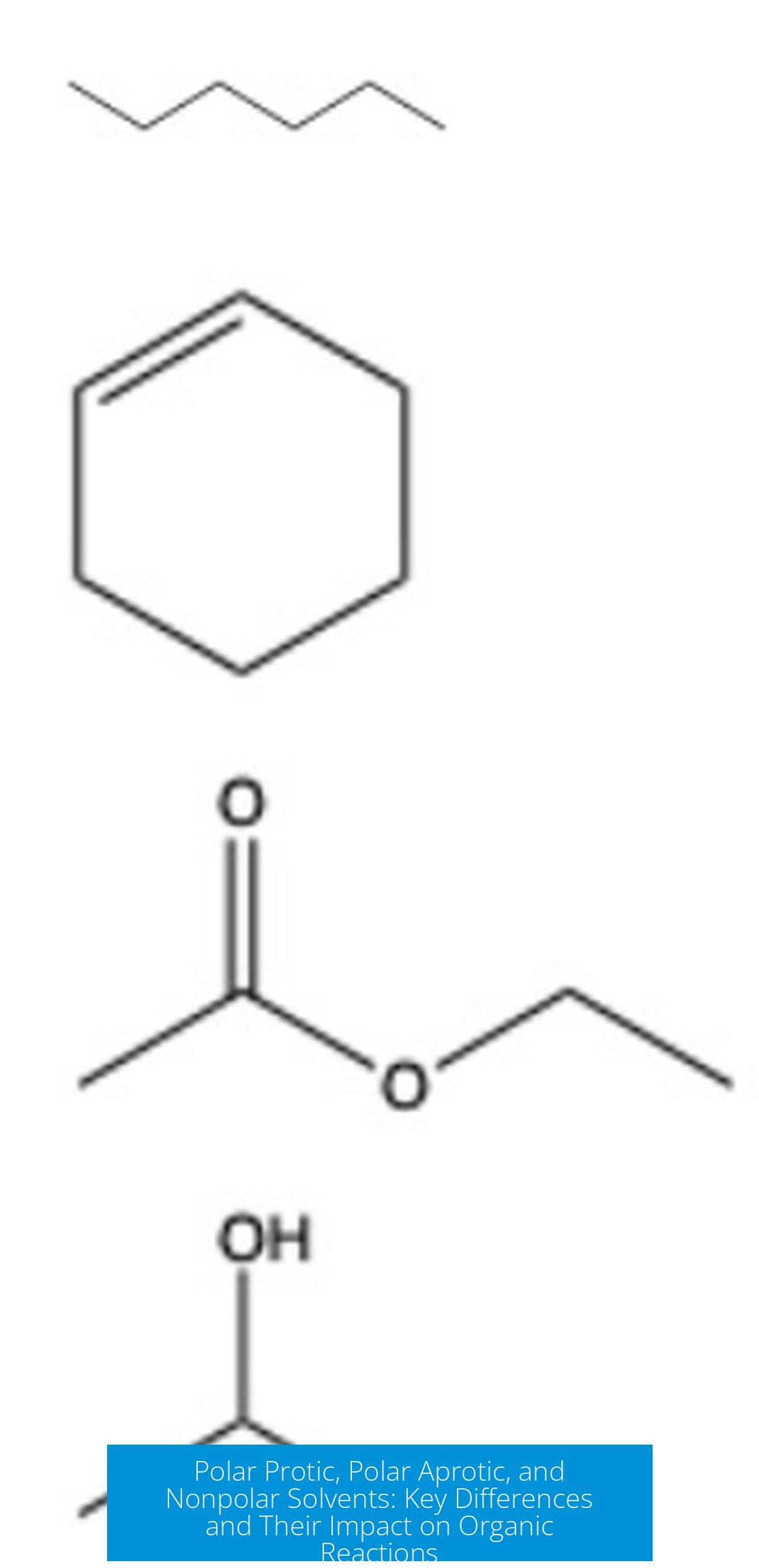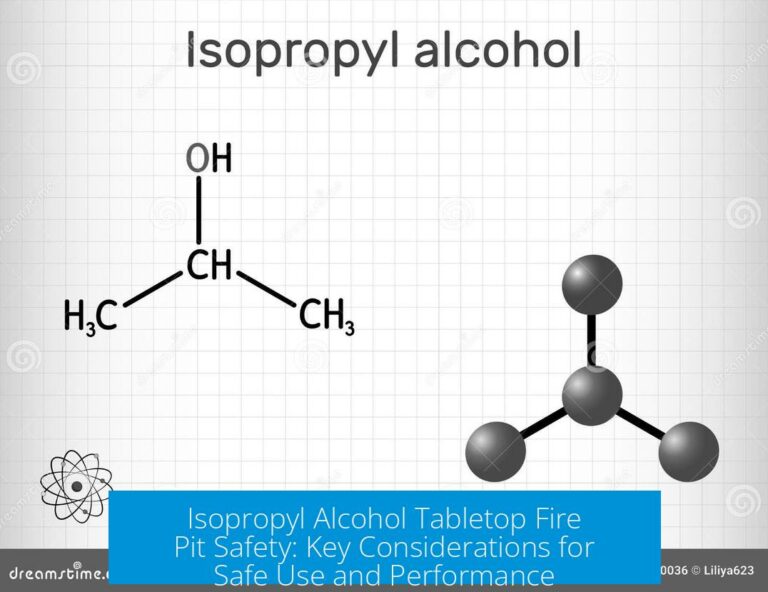Understanding Polar Aprotic, Polar Protic, and Nonpolar Solvents

Polar aprotic, polar protic, and nonpolar solvents differ mainly in their ability to solvate ions and influence organic reaction mechanisms. Their polarity and hydrogen-bonding capabilities shape how they interact with reactants, especially in nucleophilic substitution reactions (SN1 and SN2).
1. Polar Protic Solvents
Polar protic solvents have molecules that contain hydrogen atoms bonded to electronegative atoms like oxygen or nitrogen. This allows them to form hydrogen bonds.
- They effectively solvate both cations and anions through hydrogen bonding.
- This solvation stabilizes carbocation intermediates.
- Such stabilization promotes the SN1 mechanism, where the rate-determining step involves carbocation formation.
Examples include water, alcohols, and carboxylic acids. Their stabilization slows nucleophiles but favors carbocation formation and subsequent reactions.
2. Polar Aprotic Solvents
Polar aprotic solvents possess dipole moments but lack hydrogen atoms bonded to electronegative atoms. Therefore, they cannot hydrogen bond with anions.
- They do not solvate anions strongly, leaving nucleophiles reactive.
- This enhances nucleophile strength and accessibility.
- They promote the SN2 mechanism by enabling nucleophiles to attack electrophilic centers directly.
Common examples are acetone, dimethyl sulfoxide (DMSO), acetonitrile, and dimethylformamide (DMF). Their weak anion solvation makes them suitable for bimolecular substitution reactions.
3. Nonpolar Solvents
Nonpolar solvents lack significant polarity and do not solvate ions efficiently.
- They neither stabilize carbocations effectively nor support nucleophile activity.
- This limits their use in ionic or polar reactions.
- Typical examples include hexane, benzene, and toluene.
Because of poor solvation ability, they often favor reactions proceeding through radical or nonpolar pathways.
Impact on Organic Reaction Mechanisms
Polar protic solvents typically favor SN1 reactions by stabilizing carbocation intermediates. Polar aprotic solvents favor SN2 reactions by maintaining nucleophile strength. Nonpolar solvents rarely facilitate ionic substitution but may influence other reaction types.
| Solvent Type | Hydrogen Bonding | Solvation of Anions | Favored Mechanism | Examples |
|---|---|---|---|---|
| Polar Protic | Yes | Strong | SN1 | Water, Alcohols |
| Polar Aprotic | No | Weak | SN2 | DMSO, Acetone |
| Nonpolar | No | Minimal | Rarely SN1 or SN2 | Hexane, Benzene |
Key Takeaways
- Polar protic solvents stabilize carbocations and favor SN1 reactions.
- Polar aprotic solvents do not solvate nucleophiles strongly, favoring SN2 reactions.
- Nonpolar solvents lack polarity and do not support ionic reaction mechanisms well.
- Solvent choice critically influences nucleophilic substitution pathways.
Understanding solvent properties helps predict and control reaction outcomes in organic synthesis effectively.




Leave a Comment